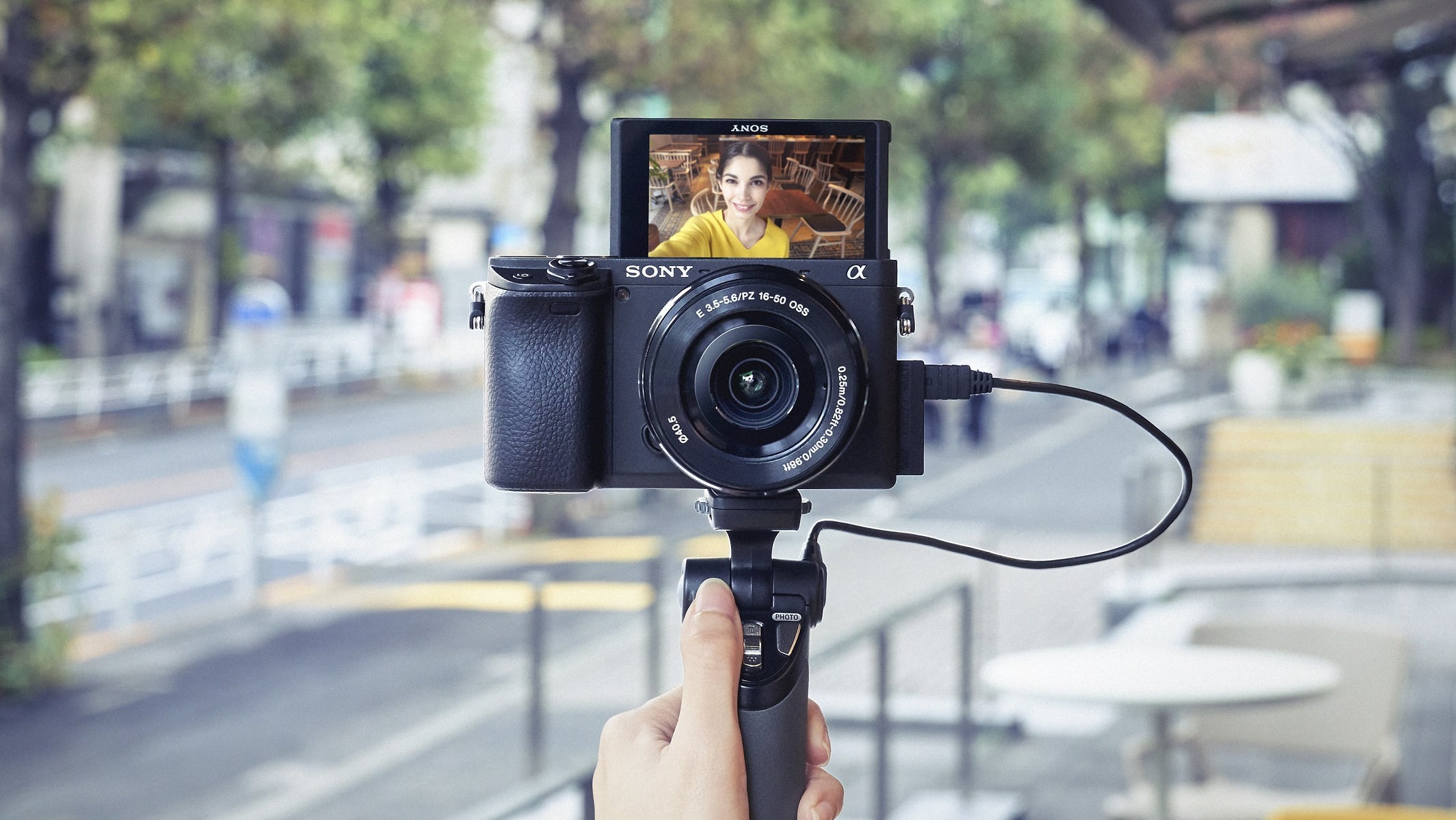Why you can trust TechRadar
Verdict
The Panasonic G85 / G80 was a camera we prized for its comprehensive feature set, excellent performance and sound output, and with only a handful of changes here the experience is just as positive.
The Panasonic G95 /G90 feels very nicely put together and handles well, and it's pleasingly responsive throughout its operation. Image and video quality are generally sound too, and the fact that the camera has sensor-based stabilization arguably gives it an advantage over its rivals that rely on this in the lens only. On the other hand, the 20MP sensor, while a step up from the G85's, doesn't look particularly competitive when you consider the 24MP and 26MP APS-C types used in rivals.
Cost is perhaps the main issue here: particularly with a lens, the G95 /G90 isn't a cheap camera, and it seems a little too highly priced when you consider the changes made. It's also being launched into a section of the market where strong competitors like the Fujifilm X-T30 and Sony A6400 make you question whether you're getting your money's worth. It's a very good camera in isolation, but those not tied to any system may well be swayed by what the competition offers.
Competition

Sony A6400
Like the G95 /G90, the A6400 is also designed with video very much in mind, with 4K capture to 30p, a mic socket, and a screen that can be adjusted all the way around to face the front. It has a cracking 425-point phase-detect AF system as one of its main highlights, while the 24MP sensor has more pixels, and is larger in size, than the G95's. Battery life is also better at 410 shots per charge, although the lack of sensor-based image stabilization may put some off.
Read our in-depth Sony A6400 review

Fujifilm X-T30
The X-T30 is another tiny but mighty mirrorless option that brings high-end features down to a very reasonable price. Aside from having a very different design to that of the G95 /G90, key differences are that the X-T30 packs a slightly larger 26MP X-Trans CMOS sensor with phase-detect AF, and has better battery life and a smaller body, although the X-T30's titling LCD screen can't be adjusted with quite the same flexibility as the G95's, and stabilization isn't included at the sensor level, which some may prefer.
Read our in-depth Fujifilm X-T30 review

Canon EOS M5
While it's now more than two years old, the EOS M5 is still a camera that's easily a direct rival to the G95 in many respects. Its APS-C sensor offers 24MP, and has phase-detect AF built into it, while the 2.36 million-dot EVF is joined by a 1.62 million-dot tilting rear touchscreen. Stabilization is in the lens, however, rather than at the sensor level, while 4K video is absent, with recording capped to Full HD.
Read our in-depth Canon EOS M5 review
All images: TechRadar
Sign up for breaking news, reviews, opinion, top tech deals, and more.
